

Ben Zachariah
2026 Toyota HiLux review: Quick drive
3 Days Ago
Tiredness is a key cause of car accidents. Fatigue detection systems are a collection of technologies that aim to reduce this risk.

Contributor
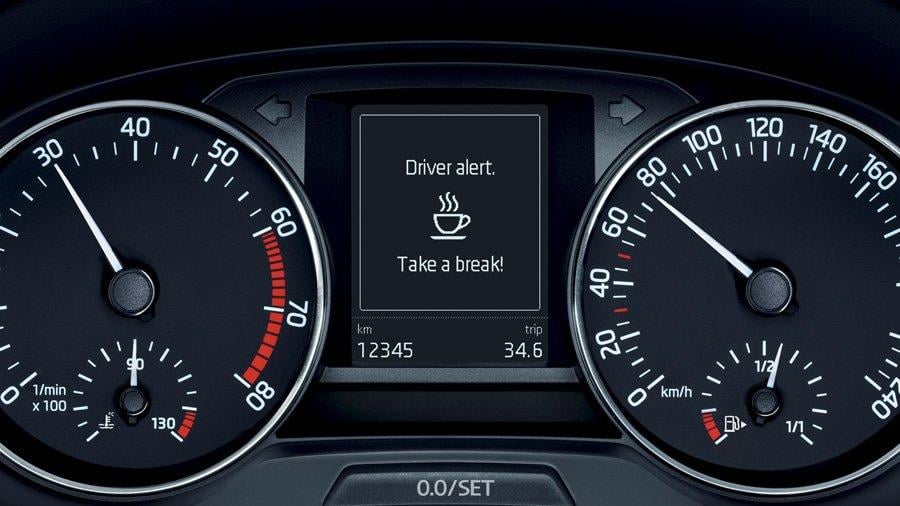

Contributor
Feeling exhausted behind the wheel? Fatigue is a key cause of car accidents around the world.
In the USA, data from a study of almost 7000 accidents was extrapolated to predict almost 7 per cent of all car crashes, and 21 per cent of fatal crashes, were due to drowsiness.
In Australia, insurance companies such as Budget Direct estimate around 10 per cent of all accidents are due to fatigue (data from 2016). NSW statistics from the same year estimate the same cause for 21 per cent of all fatalities on the road, and it is likely similar trends would also be the norm in other states and territories.
Fatigue detection systems aim to reduce the chances of tiredness causing an accident by using sensors to monitor the driver and their driving style.
Reminders to take a break are provided if fatigue is detected. In some cases, these systems are also networked with adaptive cruise control and other autonomous driving technologies, to the extent these systems will deactivate if the car believes the driver is not paying attention.
There are two main types of fatigue detection systems available on cars sold today. More common are indirect systems that monitor vehicle movement through a road-facing front camera to look for signs associated with driver fatigue.

The second type of system uses one or more driver-facing cameras and face tracking technology to look directly for signs of fatigue, such as head movements and how often the driver is blinking.
It’s important to differentiate fatigue detection systems from less sophisticated break reminder systems, which may use a simple timer to tell the driver to take a break every couple of hours rather than monitoring the signs of driver fatigue described above.
A car may also use a combination of an indirect and direct system to more accurately judge whether the driver is tired.
Indirect systems do not monitor the driver directly. Instead, they make use of the same forward-facing camera and other sensors used in lane support systems.
For fatigue detection purposes, the forward-facing camera is used to look for signs in driving style or the driver’s behaviour that can commonly be attributed to fatigue.
This is undertaken through a continual monitoring process. The system assumes at the start of a journey the driver is alert and focused on the road ahead. This initial behaviour is sampled and stored as a benchmark for comparison with later parts of the journey.
If a significant deviation from this benchmark is observed, the system attributes this to fatigue and reminds the driver to take a break, typically through a warning chime and message on the instrument cluster.
Some behaviours that could be interpreted by the system as fatigue include drifting within your lane, other erratic steering behaviour, sudden use of the brake or throttle pedals, or an inability to maintain a consistent speed.
The specific parameters evaluated when determining whether the driver is likely to be tired depends on the carmaker. More advanced systems may also link into GPS data to actively suggest a potential service station, park, or café where the driver can take a break.
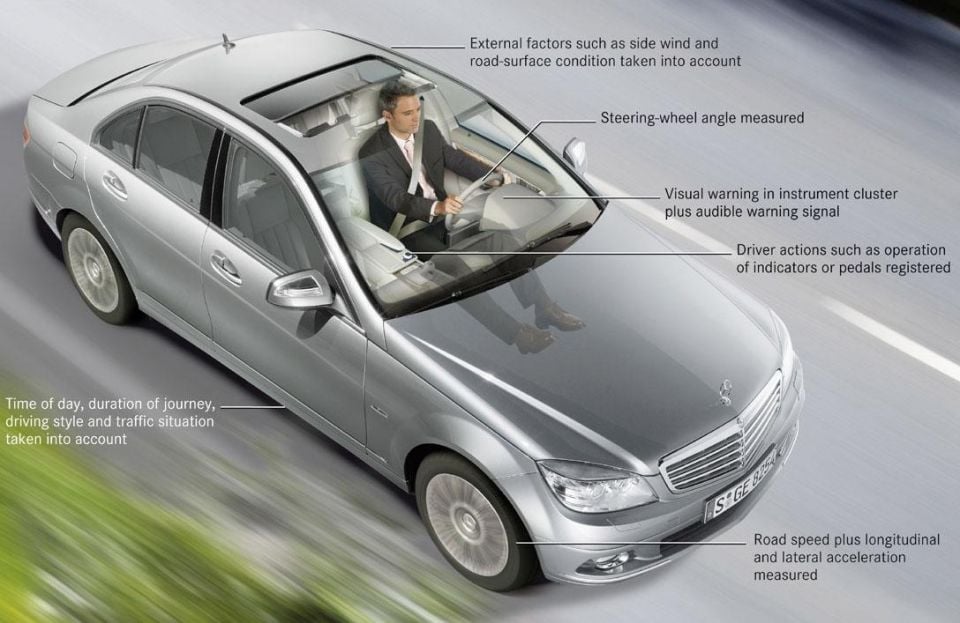
Similar to some lane support systems, these indirect fatigue detection systems may only sample data above a certain speed, making them suited for detecting tiredness for motorway driving (as opposed to urban situations).
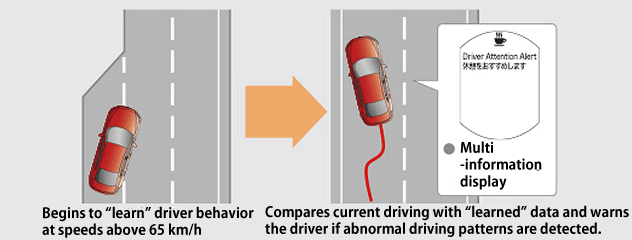
Another flaw is the assumption that the driver is alert and well-rested at the beginning of their journey. It is quite possible someone has commenced their journey already tired (for example, after a sleepless night).
As data from the start of their drive is used to compare their behaviour later on, the system’s effectiveness in such a scenario may be limited.
These systems aim to monitor the driver directly to determine whether they are fatigued. Typically, this is done through a driver facing infrared camera that is mounted either within the instrument cluster, on the steering column or on the dashboard.
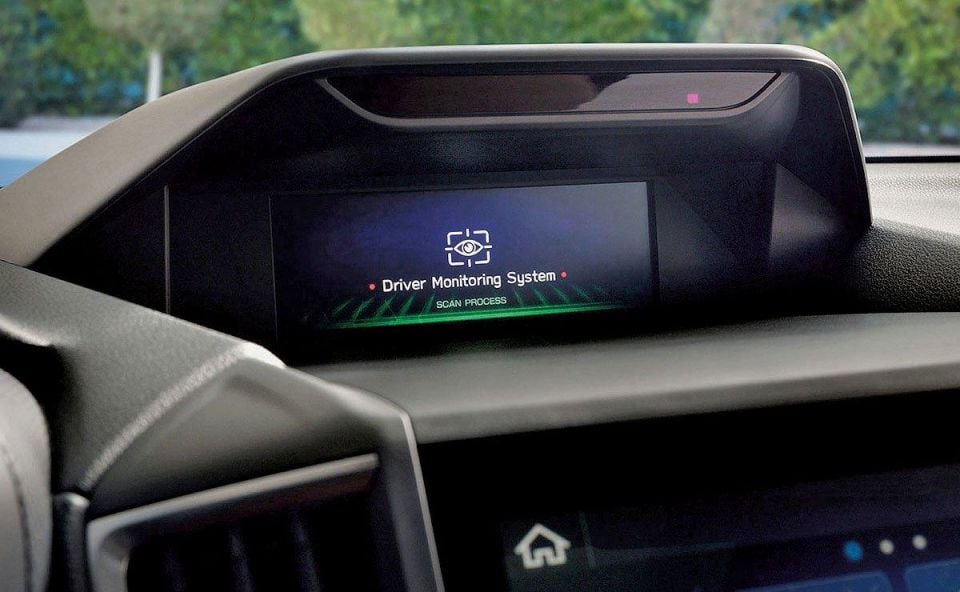
Machine learning technology is used to train sophisticated facial recognition algorithms, to ensure the camera and associated components can detect fatigue. The camera may track the driver’s head position over time, and evaluate various facial features.
These could include how often they’re blinking, eye movement and eye gaze angles. Similar to indirect systems, if tiredness is detected, a chime or other visual or sensory warning (such as a seat vibration) is used to alert the driver to take a break.
The infrared cameras are designed to see through sunglasses and do not discriminate based on skin colour.
As these systems directly monitor the driver, and are therefore more prompt and accurate in determining driver fatigue, they may also form part of certain Level 2 autonomous driving technologies.
Cadillac’s Super Cruise system (not available in Australia) uses a steering column-mounted camera to determine whether the driver is still supervising the system when active. If not, the system provides a warning before deactivating.
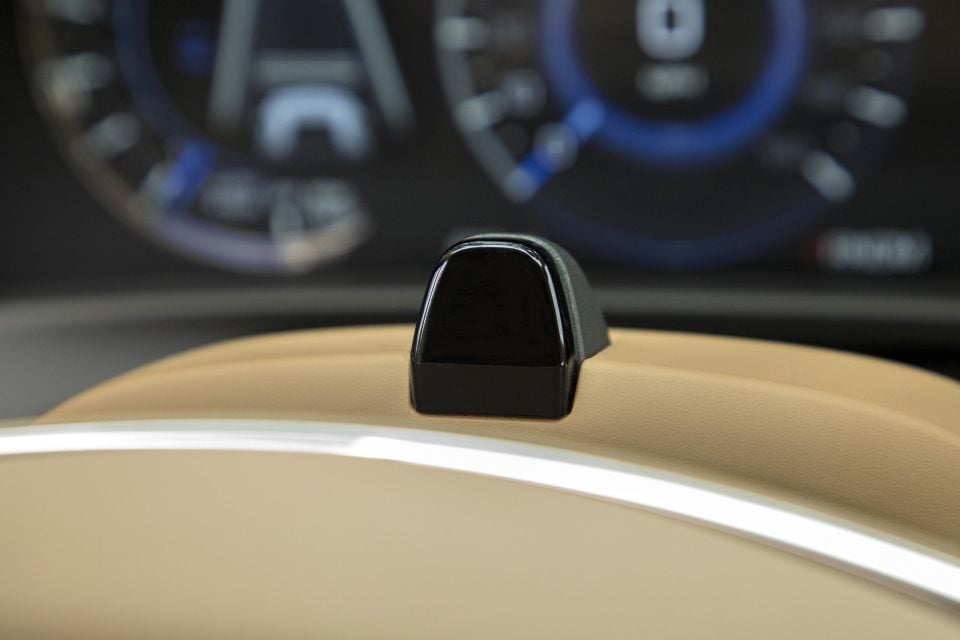
Like all camera-based safety technologies, the operation of direct fatigue detection systems can be limited in certain environmental conditions, such as harsh sunlight.


Ben Zachariah
3 Days Ago


James Wong
2 Days Ago


James Wong
2 Days Ago


Andrew Maclean
2 Days Ago


Matt Campbell
1 Day Ago


Matt Campbell
3 Hours Ago